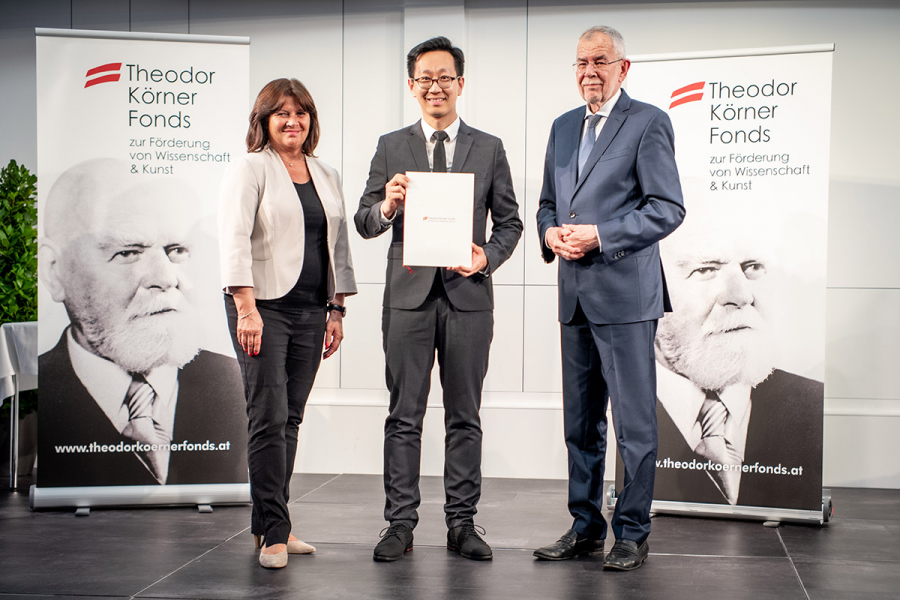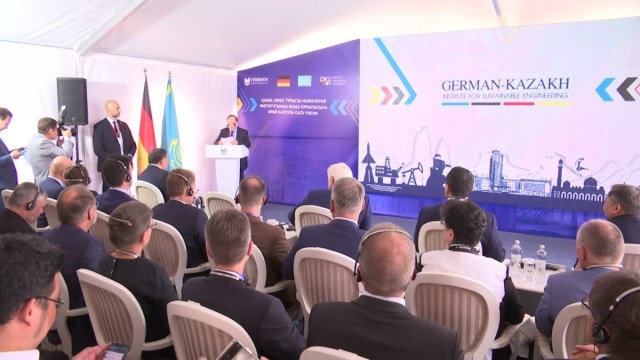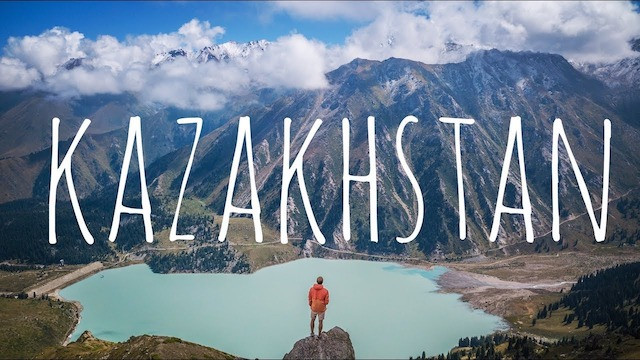
The Karlag Museum,
dedicated to the memory of the victims of political repression, is now one of
the most popular sights in the Karagandy region. Every year, around 3,000
foreign tourists visit the site, with some hoping to discover any information about
their relatives who were once held in this corrective labour camp. The camp
area used to span about two million hectares of land. Presently, the museum occupies
a space of 170 square meters, housing 26 exhibition halls. These halls feature
installations and exhibits that narrate the tragic stories of hundreds of
thousands of repressed people affected by the Soviet regime.
“As the visitors
enter each prison cell, they are immediately immersed in the atmosphere of that
era. For example, the infirmary, the investigator's office, the male and female
wards, and even the babies' room are depicted with striking realism. As people
walk through these halls, they acquaint themselves with the history of those
times, often moved to tears,” museum guide Karakoz Mazhitova said.
The museum is bound
to leave a profound impression on every visitor. Every detail there portrays
the plight of the condemned people. Furniture, lamps, scanty household
utensils, doors, old yellowed letters, and instruments of torture - all of them
are silent witnesses to the tragedy of the past. Horror and hopelessness are
forever imprinted on the faces of the wax figures. The museum exhibits
realistically depict the sufferings of the inmates of the corrective prison
camp, revealing the sad chapters of history. However, as researchers say, not
all of the Karlag archives have been uncovered yet.
Zhenis Yermukanov,
Correspondent
As of today, it is
known that over 1.5 million people have suffered from torture in Karlag. Over a
million of them were imprisoned, and 25,000 were executed. However, researchers
unanimously affirm that the number of victims was actually significantly
higher.
Scientists prove existence
of Kimak settlements in Karagandy region
Centuries-old
history reveals that the Karagandy region developed actively during ancient and
medieval times. According to scholars, Kimak cities were located in this area.
Historians conducted several studies to find evidence supporting their theory.
Thus, they found an ancient world map created by the Arab geographer Muhammad al-Idrisi,
as reported by the head of the Scientific Institute for the Study of Ulus
Zhoshy, Zhaksylyk Sabitov.
“According to this
map, three or four of the 16 Kimak cities, including Naga Khanauz, Dakhlan, and
possibly Lalan, were presumably located in the Karagandy region. Some
researchers argue that Lalan might have been situated on the territory of the
present-day Ulytau region. The map shows marked mountains and two rivers, Nura
and Sherubai-Nura, flowing into what appears to be Lake Tengiz. The cities
located on the mountain are Naga Khanauz and Dakhlan, with one of them being
located on the modern-day Kyzyltas Mountai, at the source of the Nura River,” Zhaksylyk
Sabitov, Director of the Scientific Institute for the Study of Ulus Zhoshy, said.
Overall, the map of
ancient Kazakhstan depicts 40 cities, but as of now, only two of them, Sairam
and Taraz, are known to us, according to Sabitov. To locate the remaining 38
cities, domestic researchers need to conduct extensive archaeological work.









